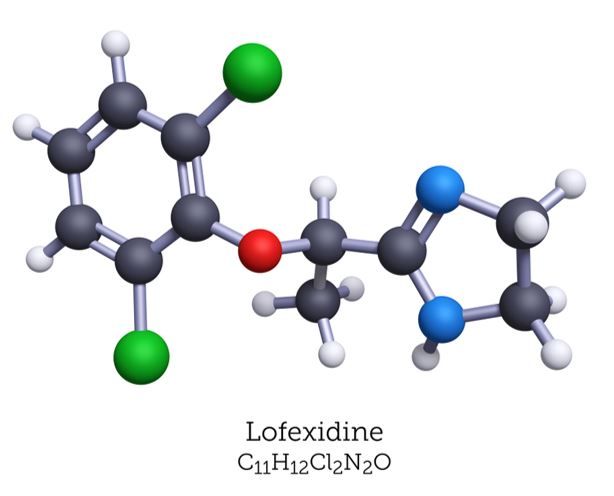- Clinical Technology
- Adult Immunization
- Hepatology
- Pediatric Immunization
- Screening
- Psychiatry
- Allergy
- Women's Health
- Cardiology
- Pediatrics
- Dermatology
- Endocrinology
- Pain Management
- Gastroenterology
- Infectious Disease
- Obesity Medicine
- Rheumatology
- Nephrology
- Neurology
- Pulmonology
Opioid Tapering Tips 2: Lessening Withdrawal with Lofexidine
News from PAINWeek 2018: Lofexidine is found particularly suited to mitigate symptoms of rapid opioid withdrawal given its agonist activity at the 5-HT-1A serotonin receptor.

From PAINWeek 2018, Las Vegas, Nevada, September 4-8, 2018
In a presentation titled “Lofexidine: Not Just Your Father's Alpha-2 Agonist,” lead author Robert Raffa, PhD, Neumentum Inc, Palo Alto, California and colleagues, including Joseph Pergolizzi Jr, MD, Director of Research, NEMA Research, Inc, Naples, Florida, explained that while this agent is similar to clonidine in exerting alpha-2 adrenergic receptor agonist activity, it differs from clonidine by also acting as an agonist at the 5-HT-1A serotonin receptor.
As this serotonin receptor has been associated with “positive effects on withdrawal from opioids", they opined, it could "contribute to a better outcome in the mitigation of withdrawal symptoms to facilitate abrupt discontinuation of opioids."
Two presentations at the meeting provided data on lofexidine from phase 3, double-blind, placebo-controlled trials. In one that reviewed pooled data from 2 trials, lead author, Mark Pirner, MD, PhD, Senior Medical Director, Clinical Research, US WorldMeds, Louisville, Kentucky, and colleagues described the withdrawal symptoms that were experienced by opioid-dependent adult subjects during the first days after abrupt discontinuation of short-acting opioids which can include flu-like symptoms, nausea, diarrhea, anxiety, insomnia, aches and pains, muscle spasms, and stomach cramps.
In one study, subjects were randomized to receive placebo or lofexidine 2.88mg/day (0.72mg four times daily) for 5 days; in the other, the daily dose of the study drug was 2.16mg/day (0.54mg four times daily) for 7 days. The primary measure of symptom severity was mean score on the Short Opiate Withdrawal Scale of Gossop (SOWS-G), a validated, subject-rated, 10-item assessment with each symptom rated from 0 (none) to 3 (severe).
Pirner and colleagues reported that the mean SOWS-G scores were lower in the lofexidine groups over each study day than in those receiving placebo, indicating greater reduction in withdrawal symptoms with the study drug. Although serious adverse events were low in both studies (2.2% in the lofexidine group and 3.6% in the placebo group) the treatment-related adverse events more frequent with the study drug included hypotension, bradycardia, dizziness, somnolence and dry mouth.
“These data suggest that lofexidine can be safely administered at 2.88 and 2.16mg/day,” Pirner and colleagues summarized. “Lofexidine reduces opioid withdrawal symptoms to a clinically meaningful extent, and lofexidine facilitates opioid discontinuation treatment.”
Please click here to read: "Opioid Tapering Tips 1: Reducing Opioids without Withdrawal"
